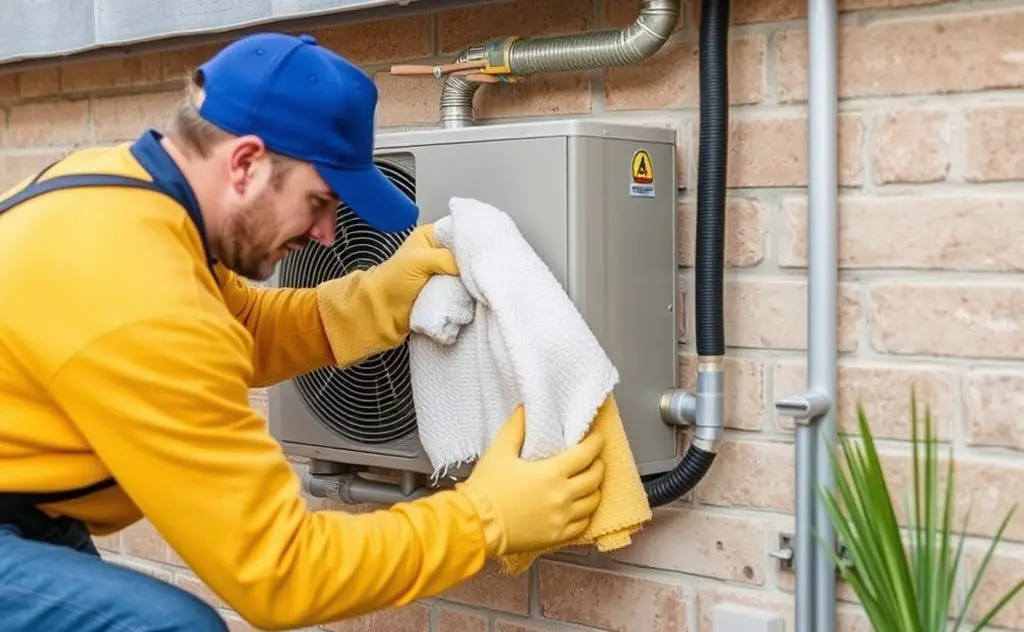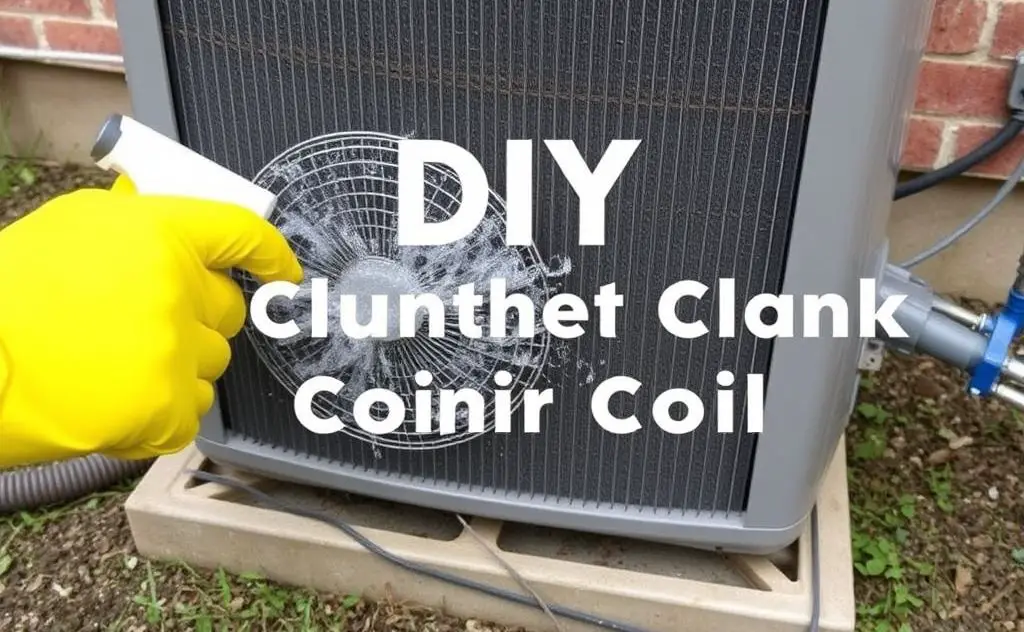For effective DIY cleaning, use a vacuum for dust on vents, a damp cloth for the thermostat, and a soft brush for the evaporator and condenser coils.
Keeping your HVAC system clean is essential for efficiency and longevity. Regular maintenance can prevent costly repairs and improve indoor air quality. Follow these detailed DIY cleaning tips for specific HVAC components.

Air Filters
Dirty filters restrict airflow and reduce system efficiency. Clean or replace them monthly during peak usage.
Disposable Filters
- Turn off system before removing filter
- Check manufacturer’s recommended replacement schedule
- Note airflow direction arrows when installing new filter
Reusable Filters
- Remove filter and vacuum loose debris
- Wash with mild detergent and warm water
- Allow to dry completely before reinstalling

Condenser Coils
Outdoor condenser coils accumulate dirt and reduce cooling capacity. Clean annually before cooling season.
| Tool | Technique |
|---|---|
| Soft brush | Gently remove surface debris |
| Coil cleaner | Spray and rinse according to product directions |
| Garden hose | Rinse from inside out at low pressure |
Drain Lines
Clogged drain lines cause water damage and mold growth. Clean quarterly with this simple method:
- Locate drain access point near indoor unit
- Pour 1 cup white vinegar down drain line
- Wait 30 minutes then flush with water
For persistent clogs, use a wet/dry vacuum to suction debris from the drain opening.
Ductwork
Dirty ducts circulate dust and allergens. Clean every 3-5 years or when visible dust accumulates.
Accessible Ducts
- Remove vent covers and wash with soapy water
- Vacuum duct interiors with brush attachment
- Wipe accessible surfaces with damp microfiber cloth
Professional Cleaning
For thorough cleaning of entire system, consider hiring a professional with EPA-recommended equipment.
Blower Assembly
The blower moves air through your system. Clean annually for optimal performance.
- Turn off power at breaker
- Remove blower access panel
- Vacuum blades and housing
- Wipe with damp cloth (avoid motor)
- Check electrical connections for corrosion
Evaporator Coils
Indoor coils collect dirt that reduces cooling efficiency. Clean carefully to avoid damage.
- Use soft brush to remove loose debris
- Apply no-rinse coil cleaner per instructions
- Never use harsh chemicals or pressure washers
- Consider professional cleaning for hard-to-reach coils
Thermostat
A clean thermostat ensures accurate temperature readings.
- Remove cover gently
- Use compressed air to clean interior
- Wipe contacts with alcohol swab
- Check battery if applicable
For smart thermostats, follow manufacturer’s cleaning guidelines to avoid damaging sensitive components.
